EBA - Who are they?
- by Iona Augier
- •
- 27 May, 2019
- •
A new organisation joining in an ever-growing world of Equine Behaviour...
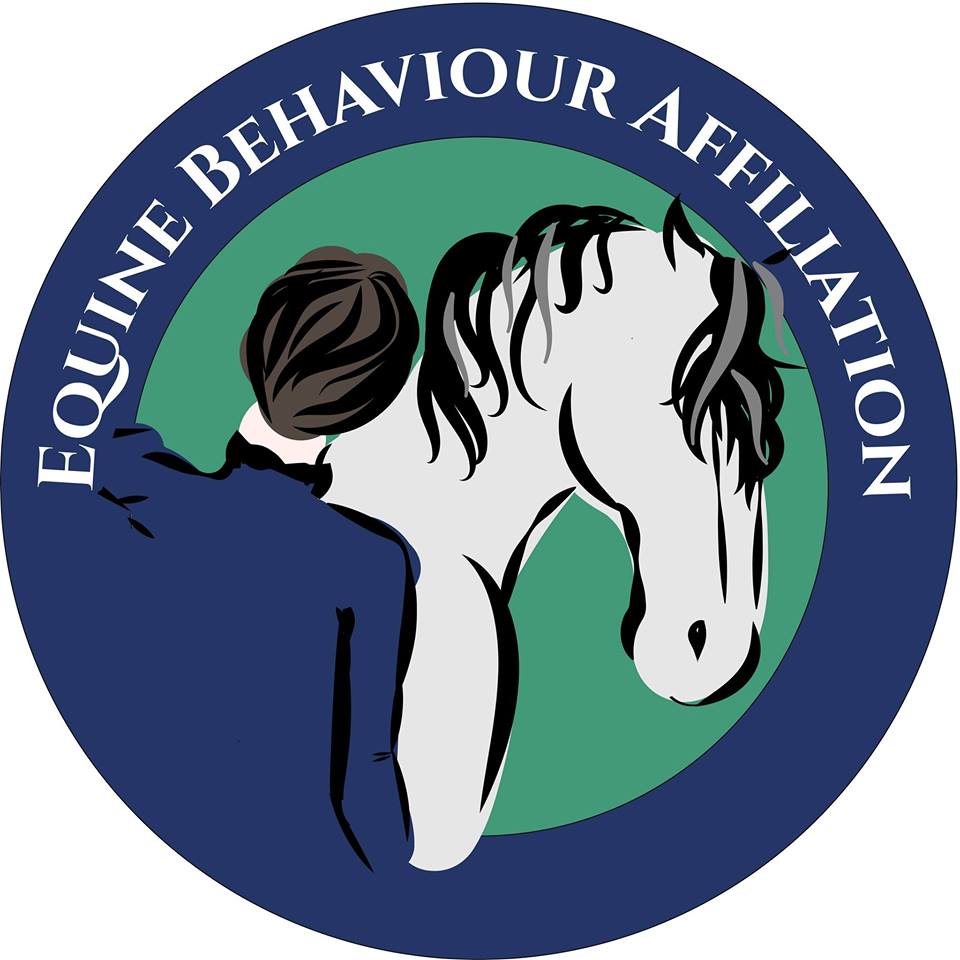
At the beginning of this year I was approached to join a team of other Equine Professionals to help start up and establish this new organisation. I am proud to hold a position as Director within this organisation, as well as be the Professional Liaison Co-ordinator. This has been a whole new experience for me, and one that I am learning a lot from along the way! It's exciting, motivating and inspiring. How lucky am I to be able to do what I love and hopefully educate and show others what they can achieve with the animal they love.
The EBA has so much to offer those who are interested in any way about horses and their behaviour. All we want to be able to do is share our knowledge, understanding and experiences with other people passionate about improving the lives of their horses, and offer guidance, education and support.
For anyone interested in finding out more about this great organisation then don't just take my word for it, have a look at the website, or follow us on Facebook! Go to : www.equinebehaviouraffiliation.org
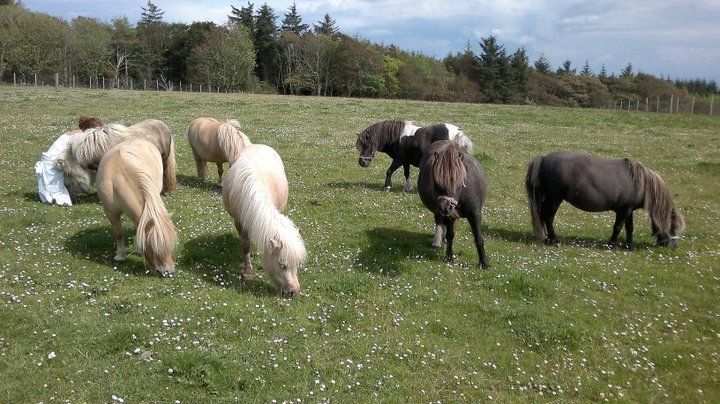
We tend to talk about relationships between horses in quite a ‘black and white’ manner. The general thoughts and feelings when I was growing up was that a herd consisted of a group of horses living together, under 1 leader, normally an older mare (‘Lead mare’ as many refer to), in a linear hierarchy were the more dominant/confident horses rank high up in the chain with the more subordinate/submissive horses following down the line, in concession. Now maybe as a child this was a simple and easy way/idea for adults to explain to us herd dynamics, or a ‘pecking order’ but in fact these ideas and labels of ‘lead mares’, dominant/confident, subordinate/submissive members of a herd do not define or structure the relationship dynamics within a herd – or not the way most of us are lead to believe anyway!
So, how do herd relationships and dynamics work then? Well, its actually quite a simple and relative concept once you know about it! Like within a human friendship group, or families, we are all individual, and so are our individual relationships between one another. Relationships and rankings within the herd are forever evolving and changing dependant on many different things like external factors, internal factors and situations. When I say external factors, I refer to resources, e.g. Food, water, shelter, space, companionship. By internal factors I refer to the horse’s emotions/motivations e.g. Hunger, pain, comfort, health etc. In different situations, like people, some horses will naturally be more adept to take on the ‘leadership’ role, in other situations they may be the horse further down the chain that is more willing to ‘follow’ rather than ‘lead’.
Again, like families, or friendship groups, the members don’t rank from top to bottom, but in fact are individual to each pair if you like. Just because one pairing may have a more dominant or confident member than the other, does not mean that the same horse will be the more dominant/confident one in another pairing. The dynamics will be different, and individual to each member. Instead of relationships taking a linear shape, we like to think of them being triangular, or dyadic; where some relationships are on an even ranking to one another.
To truly understand how your herd works (or doesn’t!) together, and where each member’s roles lie, the best thing you can do is watch. Sit and watch, observe, look for the small and subtle behaviours and interactions they have with one another and find out what they may mean. A herd with a strong and close understanding of one another, is in fact a herd that seems well… quiet! Anticlimactic! Some would say ‘boring’ because they don’t appear to do anything exciting or dramatic! But this is in fact a positive sign that your herd is comfortable and confident within themselves, and as a group that the most subtle and quiet of signs and interactions between one another is all that is required to keep a safe and content herd communicating and understanding one another.
I am fortunate to have a rather large family/herd to watch and observe. And although currently, when turned out, groups are kept smaller (due to ground management more than anything) I have also had ALL my horses living and grazing amongst one another. Now, I’m certainly not suggesting you all go out and gather up all the horses you know and put them all in one big field together! Or suggest to your local yard or riding school that this would be a great idea! You must consider all the horses as individuals and accept, almost like people that some horses just might not get on! Appropriate space, resources, management and selection of horses is important to keep a happy and healthy herd – not always do-able, or easy! However, when it works, there is nothing more satisfying or warming than feeling the tranquillity within a happy herd…
Do our horse's field 'relationships' affect our relationship with them? Of course they do! How? Well that again, is a whole other discussion in itself...
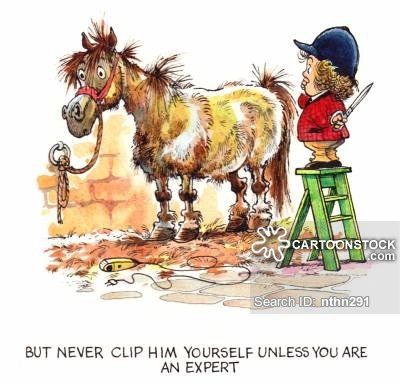
This time of year is often when I get people asking if its too late to clip their horse. Most people see the end of February as the end of winter and March as spring coming. Now I can’t speak for everybody, but certainly where I live (Scottish Highlands), March is no guarantee spring is quite on its way yet! On the other hand, this winter has brought us a lot of milder weather…
The general feeling and ‘programme’ for clipping is that clipping can start October/November time as they start to grow their winter coats, clipping every 3-4 weeks after that, and ending with their last clip in February BEFORE the summer coat starts to come through. This is with the idea that you will keep the long, thick winter coat at bay until the summer coat starts to come through. At this point, the coat should not be clipped as you risk taking the tips of the summer coat off, leaving a ‘less than perfect’ coat for the remainder of the year; lacking in softness and shine.
Now, in theory, I understand all of this. I hate grooming long coats and can’t stand when they start to shed – the hair gets everywhere! But have you asked your horse how THEY FEEL about it? I can’t say my horses have shown much interest in the ‘theory’ behind it, nor have they read many of the online forums full of everyone’s opinions and preferences.
I think you must ask yourself a couple of key questions first…
1. Will my horse allow me to clip him/her?
Now if you think ‘allow’ means the horse being heavily sedated, double tied and done as quickly as possible with back up in case they come out of the sedation half way through, then no. Your horse does not ‘allow’ you to clip them. If clipping causes your horse distress and worry, extreme behaviours then you should most definitely re-think whether clipping is in fact necessary. Small signs of worry, stress or tension should not be disregarded either as this can lead to the negative feelings escalating, as well as having a negative effect on your relationship with your horse. If clipping is a problem with your horse, then you have two options – just don’t do it! Or you look at re-training and working with your horse to help him/her overcome their fear/negative emotions towards clipping.
2. What is my reason for clipping?
There are many reasons why we choose to clip, and unfortunately my general feeling is that we do it more for us, than we do for them. There can be medical reasons to clip, practical reasons for clipping, as well as aesthetics. Most of the time we clip so that we can still work our horses through the winter without causing excess sweating and hopefully making them more comfortable while working. But again, this is also for our benefit as it is us who want to continue to work with our horses.
Now I am not saying you shouldn’t clip if you want to – I much prefer a clipped horse to work with personally, but not if it has no benefit to them, and certainly not if the process of being clipped is a horrible experience for them!
Back to ‘when we should clip? Is it too late in the year? etc etc… it depends why you have clipped in the first place. I give my old cobs a ‘bib & belly’ clip in the winter for THEIR comfort. The 3 of them can be clipped happily, loose, not even tied up if I wanted to! So, I don’t have the worry of them being unsure about the process. They grow thick long coats, and with our milder winters these passed couple of years I find that they get quite clammy during the day. They also like to lie down and have their lie-ins and I find that having their belly clipped allows me to keep them clean and comfortable, avoiding those sticky stable stains! So for them, if they need clipped twice, or twenty times throughout the winter, or even into the spring, then I’ll do it! Whatever suits them!
My main man Dexter gets a full clip every winter. Well, NORMALLY he gets a full clip every winter as I keep him in work all year round and he is rather warm blooded, normally only requiring a cooler/light stable rug in the winter! He can get a little tense with the first clip of the winter, so I make sure I plan/time it right to make it as comfortable an experience for him as possible. This year however I have not been able to keep him in work, and therefore, knowing he isn’t the biggest fan of having it done, I didn’t bother to clip him at mid-end of October when I normally do. Later into winter, around December time though he did start to get clammy with our milder weather, and him now having a fluffy coat for the first time in years meant I ended up giving him a ‘bib & belly’ clip also. Again, for me this small clip was necessary for him as he was getting itchy and overheating even when not rugged. He would rub his whole body up and down his stable walls – he was causing rubs and cuts to himself and was quite clearly not comfortable!
I don’t base my clipping on time of year, whether its within the guideline brackets or not. I base my clipping on whether they require it or not. If it’s the best option for them, all things considered, then I will give them a clip appropriate to them. If I have a horse who I feel really dislikes being clipped yet they also struggle with having a heavy winter coat, that presents other problems, then I will look into other ways to make them more comfortable or I will start a re training programme around clipping to help convince them that its nothing to be scared of! Look at your horse as an individual, whether its going to bring comfort to them and whether your horse is happy about it or not! Then decide how you’re going to proceed.
Clipping the ‘not so happy’ horse… now that’s for another blog post!
@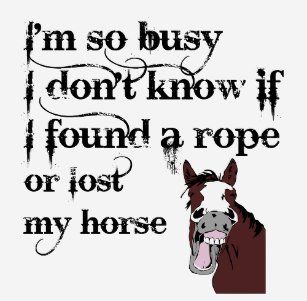
I think we can all safely say that we live in a very busy society, where everything is go, go, go and there never seems to be enough time to get all of it done! I know that's certainly how I feel, especially these days!
Having a yard full of horses and ponies, who are currently all in at the moment, is a full time job as it is; the mucking out, topping up waters, filling hay nets, making up feeds, skipping out during the day, giving more nets throughout the day and final bedding down at night is just the bare minimum that is required! Never mind any actual riding/exercising of horses.
At the moment, running the yard, alongside the start up of my business, other organisation work I'm involved with AND night shifts in a bar/restaurant/hotel, doesn't really leave me much time! Which hence the title, 'Working hard or hardly working' is exactly how I feel these days, working hard FOR my horses, hardly working WITH my horses.
I've always been a hard worker but I have now gone from working long days on the yard doing what I LOVE getting hands on stuck in with the horses, to now working on the yard doing what is required. Between doing 'admin/office' work for the business, planning and constructing future events and activities (that I hope to offer in the VERY NEAR future) and night shift bar/restaurant work for the extra pennies has seen me still 'working hard' but 'hardly working' also.
What I mean by this is that my type of work has changed. Dividing my time up and prioritizing jobs has become a must.
Although I would love to spend ALL my time on the yard, 'playing with ponies' (as many people think that is what I do), i have to make sure that I am creating stepping stones to a bigger picture, with a future for me, but more importantly for my horses!
Although I have had to place some of my 'yard hours' into other elements of my day, this is not at the detriment to my horses well-being and care. So maybe they have some 'time off'? Maybe they're not seeing as many schooling sessions in their schedule but the last time I checked, my horses don't have a scheduled work diary they keep, or expect me to keep! It's okay that sometimes our horses get a little holiday when we're having a busy spell. Remember being ridden is not on their priority list; that pressure usually comes from us! They prioritize a feeling of safety, company, forage and freedom. Free from hunger, ill health or neglect.
So what I would say to everyone who is maybe having a busy spell, or just the odd hectic day is chill! Its okay! Do not beat yourself up about it... It is far more important that the time you do spend with your horse is good quality time, for both you and them!
I make sure everyday, whether I know I'm going to have some time later in my day, or no time at all that the small moments I do get count. I'm relaxed, not rushing, they all get a little scratch in their itchy spot and a few random mutterings from me about my day. A small moment of dedicated time and attention to them directly will be worth everything to them.
I know that these early days in the set up stages of my business, and some new ventures I am exploring are temporary, and the scales will soon even back out! Knowing that what I am doing now is for the long game, motivates me to keep going one step at a time towards a rewarding future.
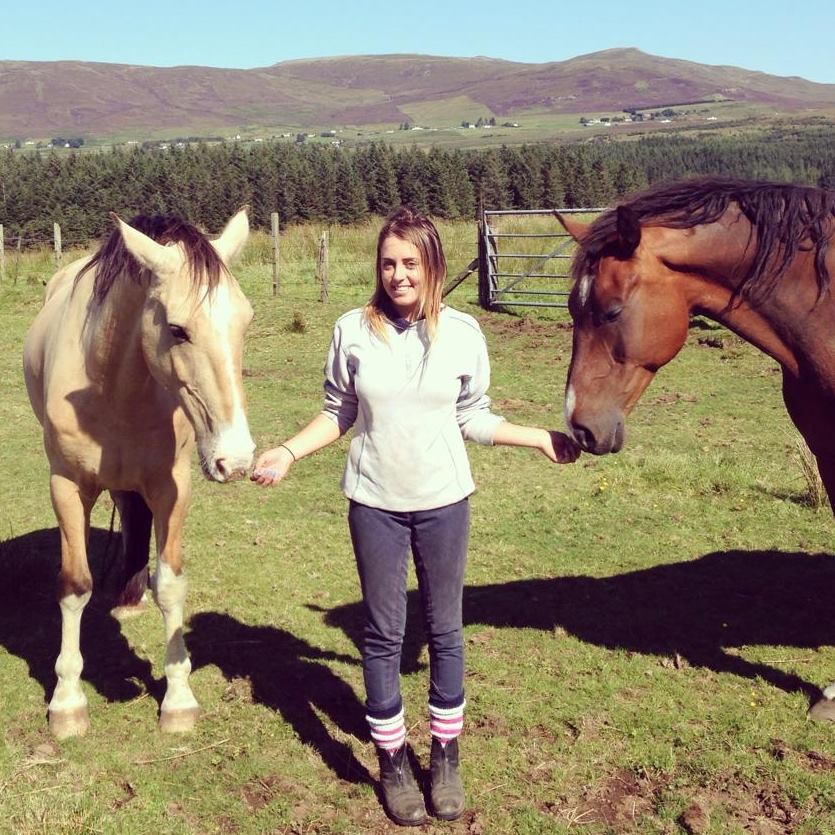
I plan to keep you all up to date with ongoing projects, work, stories etc using this blog, my Facebook page and Instagram. The main body of the website will remain the same, however I will update new services, changes and pictures as time goes on!
Hopefully my website will give you the information you are looking for but If you still have any queries then send me an email or find me on Facebook!
Looking forward to sharing with you all!
Iona.
